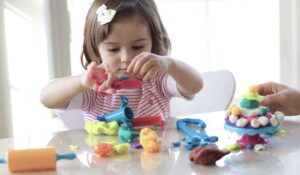Physiotherapy: Most effective alternative treatment for cerebral palsy
CP is generally used as an umbrella term for non-progressive developmental disabilities and it is a neurological illness commonly found in children. It is a congenital disease which affects the muscle tone, movement, coordination and reflex control in children. Cerebral palsy describes a group of permanent disorder of the development of movement and posture, causing physical limitation, which is non progressive and is caused by damage to brain or around birth. Its damage won’t worsen but remains constant. It may or may not affect the mental disposition of the individual but is characteristically visible in the physical traits. An interesting research says that 6 out of 10 people with CP have normal or superior intelligence. There is very little we can do in preventing CP but a coordinated and concerted approach can do wonders in the management of CP throughout the world.
Treatment for cerebral palsy
The term, cerebral palsy, is used to express the impacts on the function of one’s motor skills. There are various kinds of cerebral palsy and different names are given on the basis of the variety of movement trouble and the parts that are affected. For example, spastic indicates increasing tremor of muscles when an individual moves faster. Dyskinesis signifies irregular alterations in the tone of muscle and its movement, which generate unstable posture. There are various treatments to cure cerebral palsy, and physiotherapy is considered as the non-medicinal procedure designed cerebral palsy.
Children with Cerebral Palsy tend to have a tough time performing day-to-day activities such as walking, sitting and holding objects. The symptoms and severity of this illness can vary from child to child. Most medical professionals recommend physical therapy exercises for cerebral palsy. This is because, in numerous cases, physiotherapy has reduced the symptoms of CP and made them self-reliant individuals. Let’s take a look at how physiotherapy can help patients with cerebral palsy:
How Physiotherapy helps
Cerebral palsy physiotherapy treatment assists the patients to develop movement as well as the movement skills. It is because Cerebral Palsy causes the retardation of movement, and it also impairs the ability of the brain to manage the movement of the muscles. In accordance with the level of your physical limitations and what can be most advantageous to you, Cerebral Palsy physiotherapy treatment techniques may be decided.
In general, the physiotherapy includes a few kinds of treatment options and offer assistance to the Cerebral Palsy patients to gain the movement skills. Movement skills, which make use of the huge muscles within the body, are called as the gross skills for movement. Such physiotherapy may help to support the coordination and movement of Palsy patients. Physiotherapy, as the palsy treatment, will also be used to enhance the ability to walk, stand without assistance by means of a wheelchair and any other adaptive tool. This treatment may lessen further increase of musculoskeletal troubles by keeping away from the weakening and deterioration with the right physiotherapy systems.
A Physiotherapist designs a rehabilitation program and sets some goals and outcome that includes:
- Tolerance to position
- Weight bearing status is improved
- Joint integrity and mobility is maintained
- Trunk control and balance are improved
- Strength, power and endurance are increased
Functional independence in ADLs are increased by:
Better mobility
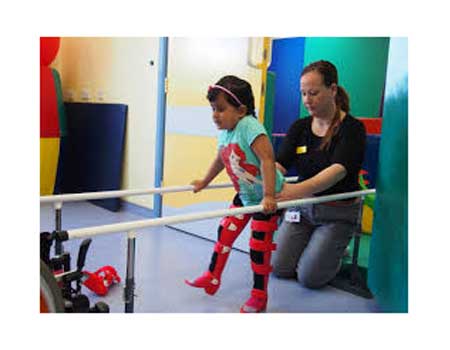
The main aim of any physical therapy plan for CP is to improve the functional mobility in patients. Physiotherapists use progressive pattern movements to improve the mobility of joints. The therapist focuses on specific areas where mobility is an issue and conducts exercise sessions accordingly. These exercises have known to improve mobility in children.
Increase Muscle Tone
There are different types of conditions associated with Cerebral Palsy, one such being spastic cerebral palsy. Patients suffering from this condition tend to have painful muscle tightening. This can be corrected with physical therapy exercises for cerebral palsy.
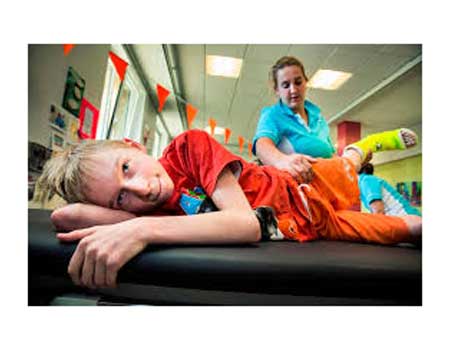
Exercises for strength training and muscle tone improvement are known to help children regain their mobility and lessen the degree of pain.
Increase Ability to Walk
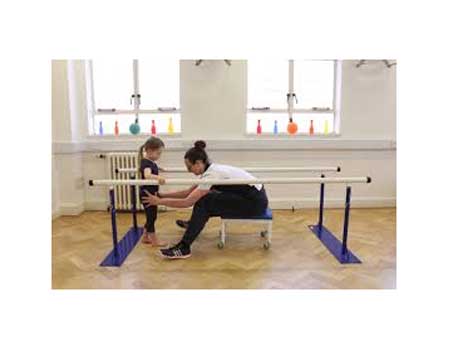
Another benefit of these exercises is that they help with walking, improving posture and in performing transitional movements. Specialized body movements which focus on kneeling, sitting and standing enhance the posture and the body balance of patients. Your physiotherapist will tailor your exercise therapy based on the type of Cerebral Palsy you are suffering from to aid the process of movement.
Reduce Abnormal Reflexes
Most physiotherapists use a wide range of mobility aids as they progress through the therapy. Exercise balls, resistance bands, free weights, hot and cold packs and electric muscle stimulation tools are used during therapy. These tools and equipment help in improving posture, mobility, and flexibility. They also play a major role in normalizing the reflexes in children. Based on the age of the child, physiotherapists use various types of orthotic equipment to improve his reflexes.
Various Type of Interventions use during Physiotherapy Treatment:
1. Motor learning strategies
- Feedback by using mirror
- Proprioception weight bearing
2. Practice
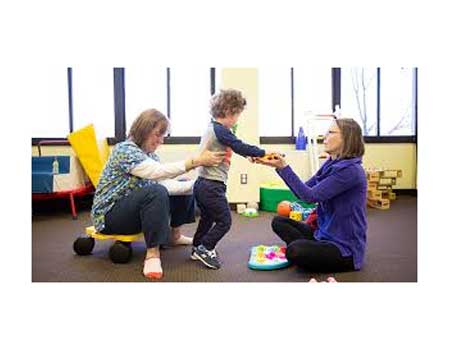
- Repetition of desired task
Distractions should be progressed and challenged with task variation or a new task as soon as the previous has been mastered or almost mastered
3. Remediation/facilitation approach
- NDT initially developed by bobath. Identifies the task of the patient and works on the movement pattern and widespread abnormal tone reflex activity
- NDT techniques and it view development as dynamic, sequential, cephalocaudal, proximal distal movements
4. PNF techniques
- Include slow reversal timing for emphasis with repeated contraction, hold -relax, agonistic reversals.
5. Positioning strategies
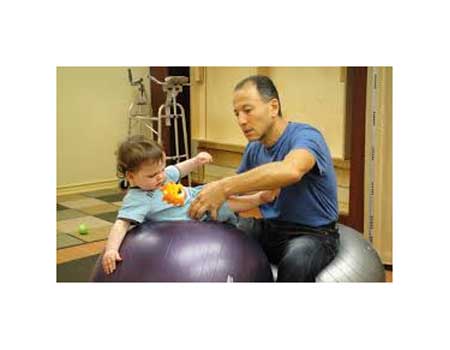
- Correct positions encourage proper joint alignment, symmetry and comfort
- Prolonged static positioning in any one posture should be avoided
Mobilization technique and exercises are important.
6. Range of motion exercises
- Soft tissue /joint mobilization and daily range of motion exercises
- Sustain stretching for muscles
- Splinting techniques
7. Sensory integration
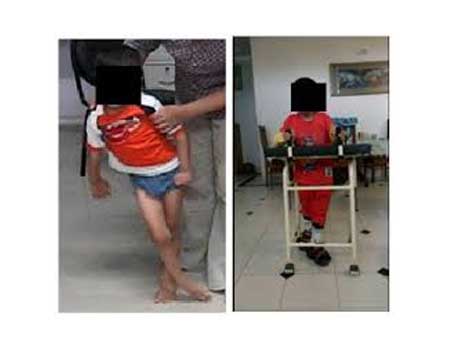
- SI is the ability to recognize various sensations, organize them so that they can be used in functional activities. Objects of different kinds can be given to the child can be given in this therapy.
8. Strategies to re-establish postural control and improve functional mobility
- Sit to stand movement transition
- Early weight bearing exercise
9. Normalizing tone of the muscles
- For hypotonic slow passive movements, sustain stretch, cryotherapy over the vibration can be used 10 to 20 min.
10. Oromotor control training
- Oromotor function depends upon on good head control. Problems like drooling, suckling inadequate Tongue movement can be done with this therapy. This therapy gives good control of neck and trunk.
11. Occupational therapy
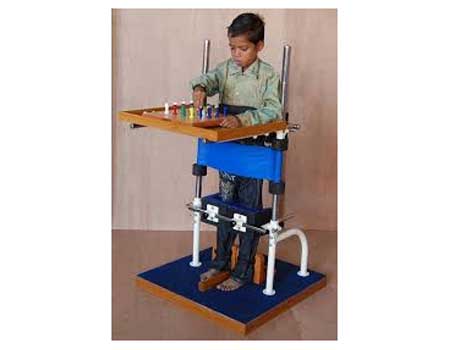
Child helps to adapt to their limitation and live as independently as possible.
- Occupational healing, as a part of Cerebral palsy physiotherapy treatment, is utilized for children suffering from cerebral palsy, and this is used to help in the improvement of their fine motor abilities. Such motor skills emphasize on the application of the smaller size of muscles, like those in the fingers, hands, and face. These skills are applied during the everyday activities, such as, eating and writing and so on. These are highly tuned with occupational physiotherapy.
- In addition to it, physiotherapy involves the selection of the right kind of adaptive tools that may improve the motor abilities of cerebral palsy sufferers. Wheelchairs, particular eating utensils, walkers and many other adaptive means offer the person a freedom to achieve some job without one’s help
12. Speech therapy
- One more category of Physiotherapy action for palsy like speech treatment or physical therapy can also be included into the program for Cerebral Palsy. Physiotherapy is, obviously an integral element in the daily lives of many of the children, experiencing Cerebral Palsy. This technique has the capability of developing self-reliance in the kids.
13. Developing rapport with parents and patients
- Developing rapport with patient is very important as goal will be difficult to achieve without the cooperation of patient and relatives
- Regular motivation to gain confidence
- Cerebral Palsy must be detected after one’s birth, so that physiotherapy can play an essential role in controlling the condition in future. The physiotherapists also instruct parents on how to deal with their kid at home at the time of feeding, dressing or bathing or any other activity. Thus, even if you take medicine for the disease, physiotherapy is needed for the best result.
14. YOGA:
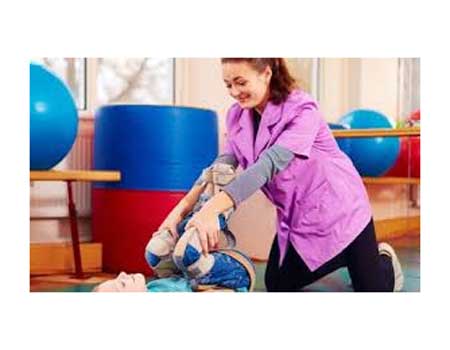
In recent years, yoga has gained in popularity. Kids are now doing yoga in the community and in their schools. But for kids with special needs and CP. I’ve witnessed what an amazing difference it can make in their lives. Such as
YOGA CAN REDUCE ANXIETY.
Many children with CP are in a constant heightened state. This is the body’s response to stress and sleep disruptions, which can be exacerbated into full-blown anxiety. This can be seen physically through their breathing. You can see them chest breathing or hyperventilating, which can worsen the anxiety symptoms. The yogic practice of breathing exercises, poses and guided imagery helps to activate the parasympathetic nervous system, an activity also known as “rest, relax and digest.”
YOGA CAN PROVIDE CONSISTENCY.
The daily practice and weekly sessions in a group or privately can help provide consistency and an order. In a class for children with CP, a visual schedule is generally used to ease anxiety about class but also provide consistency. Students learn yoga sequences that are performed in the same order and open and close a class in the same order. This supports their need for consistency. However, students can expect different poses or modified sequences to challenge them as well.
YOGA CAN INCREASE SELF-AWARENESS AND IMPROVES MOTOR SKILLS.
As children practice mindful movement in various yoga poses and learn to identify body parts, they can develop a greater sense of self and their body. Practicing poses on both sides of the body, the students cross the midline. Poses such as tree, airplane (warrior 3) and seated twists can increase body awareness and develops gross motor skills.
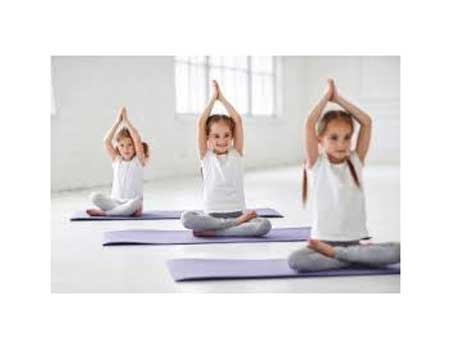
YOGA CAN HELP WITH EMOTIONAL REGULATION.
Children with CP can have difficulty expressing their emotions and communicating in social settings. At this time, this can be seen in unexpected outbursts or inappropriate ways of communicating. Through the combination of movement, music and breathing exercises, the brain’s emotional region is activated. This encourages children to develop emotional awareness. Also, yoga teaches children that it is okay to feel emotions both positive and negative and how to express their emotions in a healthy manner.
YOGA CAN HELP IMPROVE CONFIDENCE.
Sometimes, children with CP have low-esteem due to being teased for not being able to move and behave like other children in school and social settings. By learning self-calming techniques through mindful breathing, movement and meditation, children are able to regulate their emotions and can become more confident in social settings. Especially in a group class, they’ll be able to learn how to work together in a safe space and learn how to interact with one another. Through movement and the development of motor skills, children grow more confident in being able to move comfortably in their bodies.
15. Other Therapies:
In addition, there are various therapies that can be extended to a CP person that can not only help the person to overcome his/her physical functioning abilities but can also fine tune their abilities to an extent that they can have a quality life. Some of the therapies which can be applied to different stages of a child’s development are:
- Behavioral therapy, conductive education, occupational therapy and social therapy are applied for improving the cognitive function, coordination and reasoning abilities.
- Massage therapy, hippo therapy, chiropractic intervention and aqua therapy are recommended to restore physical functioning and gait.
- Respiratory therapy, nutrition counseling, sensory integration, speech and language therapy and vocational counseling are some of the specialized therapies targeted for the management of individual parameters such as speech, language, motor skills, and respiratory health.
TREATMENT OF CEREBRAL PALSY BY BEST PHYSIOTHERAPIST SERVICES IN DHAKOLI
A qualified physiotherapist is skilled enough to help to cop up with difficulties which are face by patient. The physiotherapist examines the texture of muscle i.e spasticity or flaccidity and treat accordingly moreover they also help in correcting balance, coordination issues and difficulties in daily related activities. They also examine the difficulties which are face by the patient and work precisely on them. They provides moral support and fully friendly environment to the patient and family. This ultimately leads to strong mental state. Physiotherapy of CP child is life long process, along with the therapist, the support of family and relatives is very high.
Blossom physiotherapy has, well qualified team of physiotherapist in dhakoli. Ultra modular equipment for balance, fine movement. They provide world class technique. And also research- based technique of rehabilitation to overcome the difficulties face by the cp child. Here physiotherapist work on patient’s various difficulties and work accordingly so that patient can come into their daily activities as much as possible with various techniques and modifications in daily living activities. Blossom physiotherapy also provides yoga which will give fantastic result in behavior as well. So in nutshell Blossom physiotherapy is ready to help you in every manner. For further information log into blossomphysitherapy


